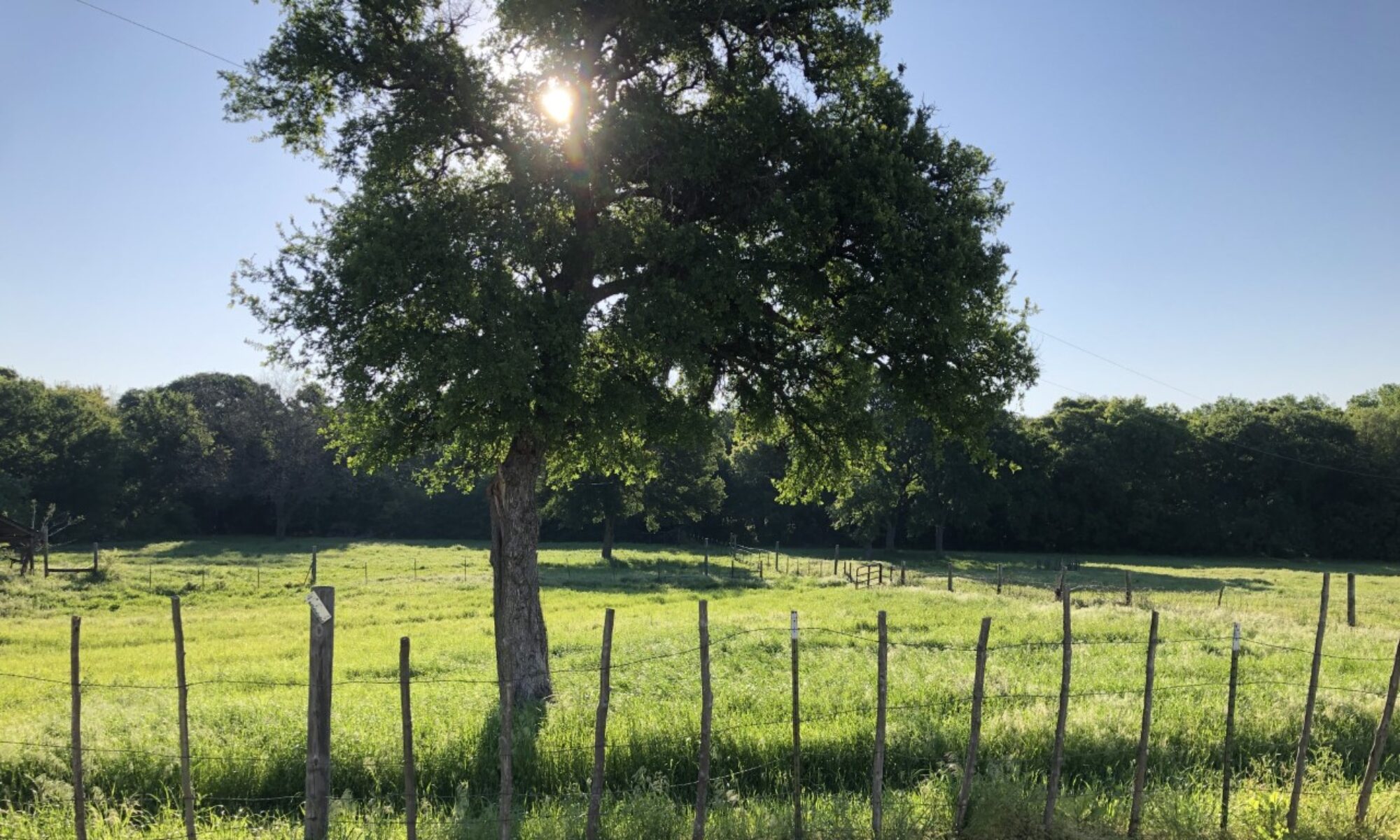If you let it, and nurture it, Homestead life can establish its own outlook on life
This means feeling the flow of seasons and the rhythm of weather. Discerning the quality difference in pasture beef, pork and poultry compared to any industrial version. The joy of planting, the care of cultivation, unto the pride of harvesting. The zest of integrating systems both mechanical and organic. The excitement with two boys when they find these bizarre new mushrooms, oblong spheres the size and shape of cowpies that explosively decompress when you step on them.
This also means feeling the downside emotions. I’ve touched before on a dark reality of small scale livestock: sometimes they just die. On the small scale these critters have names. Each has taken time and snuggles, consideration and care.
We Moderns are proud of our ability to breezily skip past the mud and the blood. We try our best to scroll past fear, uncertainty and doubt. We have amusement and therefore we feel distance from death. Sure, we’ll dabble with it in our fiction, but we want to control it. Then when the dark times come and we can’t heal a family member and can’t get the doctors to just fix it, it becomes a severe crisis that we never trained for.
Some hobbies fight this trend. They engage our core being to reground truthfully with our surroundings. Those who hunt and process their own game feel it. Gardeners know it also. A great director can bring us to the brink of understanding. A great novelist can pull you deep into expanding that understanding. Jesus lived through a dark world then and lives through it with us now. His greatest miracle may be the patience to let us each grow and develop that emotional depth in our own time. Surely it’s easier for Him to just call the whole broken place to an end and start over without the suffering.

This is Dot: bred, born, snuggled, raised, pastured, trimmed, dewormed, bred herself, now mothered three set of twins under our care.
One of these twins was easily a third smaller then her brother. Frequent interventions by the shepherds to coax her into nursing were required. It worked, and behold, great joy and satisfaction from all of the family involved.
Dot’s mother, Phoebe, gave birth a week or so earlier. A single kid, the first of the season, very lively. The name Skippy was correct and applied within a week. Great joy and satisfaction, the children gave this one many snuggles.
Last week brought a change in the wind. Dot showed a range of signs of infection, and even with treatment required a put down within four days of symptoms.
Simultaneously, that happy kid Skippy no longer skipped, but stood alone in the pasture as the sun set. Momma phoebe stayed in the pasture, knickering to call Skippy to the rest of the herd. Turns out Skippy couldn’t walk anymore and we couldn’t fix it. In the morning, the children demanded to take Skippy to the vet. Jenny and I relented. Skippy passed in the waiting room. No known cause of death. Deep emotional impact and lots of processing together in conversation. This ain’t Paw Patrol, y’all.

So it’s Friday night. There’s a Texas Rangers game on the radio, and Terrik Skubal is wrecking our bats. There’s a family digging a goat grave together for more then 2 hours. The seeds of emotional maturity we are planting together in this process will bear fruit in days to come. Like most cultivation, there are thousands of indirect decisions that feed into the final product. This is part of our process of Raising Wood.

Well, we have two goats who need milk. We have one goat in milk without a kid. Checkmate Phoebe, you have a new job. Three or four times a day, we will hold her so the kids can nurse. Hopefully she’ll adopt them as her own. If she does, it will be through their persistence and not her eagerness. The persistent widow of Luke 18:1-8 comes to mind, and boy are they persistent.
It’s beautiful when an adoption takes place. The contrast of salvaging life from death is a satisfying emotional experience.

Few things last forever, nor do we want sorrow to linger. The weekend was enjoyable while gathering with friends. No one dwelled on the hard things, that season has passed. Come monday night, Valentine gave her own set of twin kids. The children will feed her leaves and snuggle the kids and come up with names for them. The resonant satisfaction of that experience will also yield its own fruit in season.

This is Raising Wood. It’s good for the children and good for the parents. We are very blessed to be able to do this together, and I encourage you to find something more then modern to engage your family with.





























































































